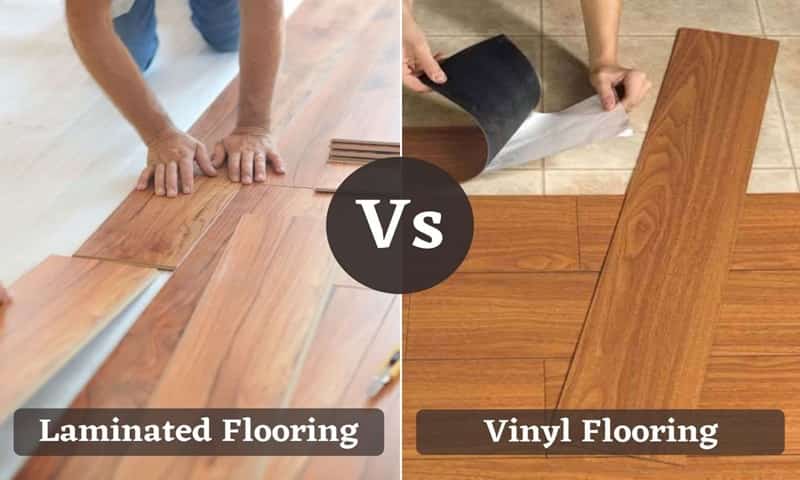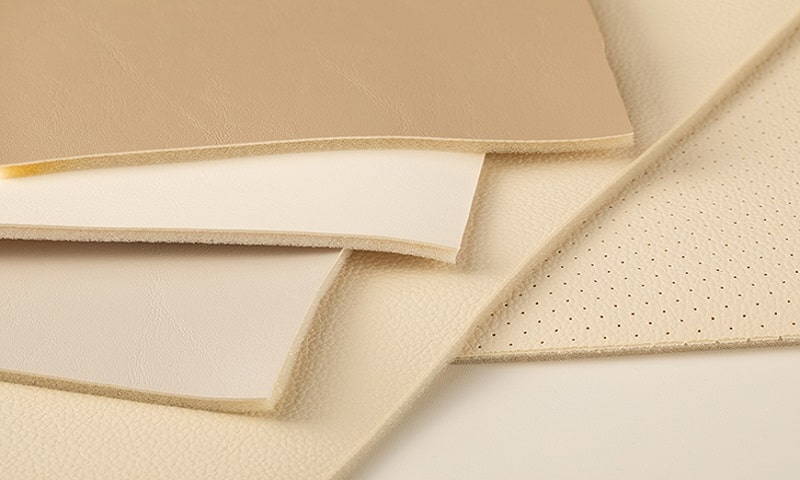When it comes to flooring options, vinyl and laminate are two popular and versatile choices. Both offer a wide range of styles and benefits, but they have distinct differences that can make one more suitable for your home than the other.
In this article, we’ll compare vinyl flooring and laminate flooring in various aspects to help you make an informed decision for your next flooring project.
1. Material Composition
a. Vinyl Flooring
- Material: Vinyl flooring is made from synthetic materials, primarily PVC (polyvinyl chloride), and can include various layers like a wear layer, printed design layer, core layer, and backing.
- Appearance: It can mimic the look of various materials, including wood, stone, and ceramic, thanks to high-quality printing technology.
b. Laminate Flooring
- Material: Laminate flooring consists of a high-density fiberboard (HDF) core with a photographic layer on top. This photographic layer can replicate the look of wood, stone, or tile.
- Appearance: Laminate flooring has a more engineered appearance, with a repeating pattern due to its photographic layer.
2. Durability and Resistance
a. Vinyl Flooring
- Durability: Vinyl flooring is highly durable and resistant to moisture, making it suitable for bathrooms and kitchens.
- Scratch and Stain Resistance: It’s resilient to scratches and stains, which is ideal for homes with pets or children.
b. Laminate Flooring
- Durability: Laminate flooring is also durable but less resistant to moisture than vinyl. It’s not recommended for areas prone to water exposure.
- Scratch and Stain Resistance: Laminate can withstand moderate wear and tear but may show signs of damage over time.
3. Installation
a. Vinyl Flooring
- Installation: Vinyl is typically installed using a “floating” method, where planks or tiles interlock and sit atop the subfloor without adhesive.
- DIY-Friendly: The floating installation method makes vinyl a good choice for DIY enthusiasts.
b. Laminate Flooring
- Installation: Laminate is also installed using a floating method with interlocking planks, which makes it a DIY-friendly option.
- Underlayment Required: Laminate often requires an underlayment for a smooth and noise-reducing surface.
4. Cost
a. Vinyl Flooring
- Cost: Vinyl is generally more affordable than laminate, making it a budget-friendly choice for many homeowners.
b. Laminate Flooring
- Cost: Laminate is moderately priced, falling in the mid-range category of flooring options.
5. Appearance and Styles
a. Vinyl Flooring
- Styles: Vinyl flooring offers a broad range of design options, including styles that mimic hardwood, stone, ceramic, and unique patterns.
b. Laminate Flooring
- Styles: Laminate also provides a variety of styles, but the appearance may not be as authentic as some high-end vinyl options.
6. Comfort and Sound
a. Vinyl Flooring
- Comfort: Vinyl tends to be softer underfoot and warmer to the touch.
- Sound: It offers good sound absorption, reducing noise transmission.
b. Laminate Flooring
- Comfort: Laminate can feel harder underfoot and may not be as warm.
- Sound: Laminate can be noisier than vinyl when walked on.
Conclusion
Choosing between vinyl and laminate flooring depends on your specific needs and preferences. Vinyl is an excellent choice for areas where moisture and durability are essential, while laminate offers a broad range of design options and is a cost-effective solution. Ultimately, your decision should align with your lifestyle, budget, and the specific rooms where you plan to install the flooring.


